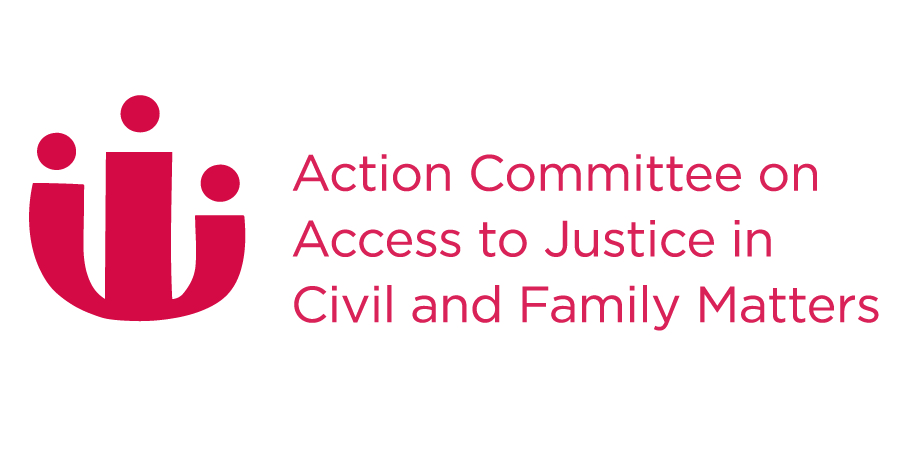Access to Justice, Access to Clients: Methodological Challenges in Civil Justice Research
Janet CurrieWednesday, February 18, 2015
Janet Currie is Co-Director and Principal of Focus Consultants, a Victoria-based firm that specializes in evaluation and research of PLEI initiatives and projects. She is a researcher on the Cost of Civil Justice Attrition in British Columbia’s Courts, a Cost of Justice subproject.
High quality research is essential for the planning and implementation of effective civil justice services and programs. There is an ever-growing demand from funders for research data on questions about access to justice in civil cases, costs, timeliness, whether cases are ultimately settled and the most effective approaches for special groups like high conflict parents and self-represented litigants.
At the same time, doing high quality research is more challenging than ever. Dillman describes some of the new barriers to engaging service users in survey research and the limitations of online methods. The telephone survey, once the gold standard, is increasingly problematic because of the difficulties involved in identifying and contacting clients who only use cell phones.
Conducting civil justice research has its own unique challenges. These involve the effective use of court records and the difficulties involved in identifying and contacting justice service users. A recent experience illustrates some of the challenges encountered when conducting a court record review and survey of claimants in civil (non-family) cases in Supreme Court in one provincial jurisdiction. The project is looking at the reasons why civil cases drop out of court, to what degree they reach out-of-court settlements and client satisfaction. Electronic court records and paper files were the primary source of data for case and claimant information.
In order to use court records, researchers have to undertake an access process which can be lengthy and time-consuming. Although these processes require the researcher to identify the types of data required for the research, in most cases this is based on a general overview with no actual knowledge of what actually exists in the electronic or paper records. In our case, it was only after research access had been approved and the paper files were in hand that we discovered how limited the data was for our purposes. There are almost no data on the claims made or the activities and outcomes of the cases – many seemed to have stopped in mid-air. Although we expected there to be only minimal claimant contact information, there was only one file in over 500 that had this data, making it impossible to identify claimants for the survey arm of the research.
Like all administrative databases, court records are set up to meet the needs of the institution rather than the requirements of researchers. At the same time shouldn’t government-funded services have an interest in facilitating evaluation research that improves the effectiveness of practices and client outcomes? In my view, a system needs to be in place that can provide some real time “mock” data and access to expert opinion to advise researchers on what is actually going to be found in the electronic and paper records prior to starting the access application procedures. This would save the time of researchers, court staff and research access committees!
Research involving the users of justice services and programs is sorely lacking in Canada in comparison to other jurisdictions. What is the impact on long delays on access to justice and on the personal lives of individuals and families? What is the trajectory of service use and what is the most efficient delivery of services? What is the level of settlement in family and non-family cases, what kinds of settlements are achieved and what are the determinants? Does mediation work? Why do cases drop out? Are their mixes of programs and mechanisms that lead to settlement? What about high conflict couples, self-represented litigants or those with limited resources? How do they navigate the justice system and what are the best and most cost-effective approaches to reduce cost and other burdens on clients and the courts?
All of these questions need to include the experiences and perspectives of clients themselves. Since the majority of people with justice issues pass through the courts, finding ways to collect research consent forms when people use court services or justice programs makes sense. When court rule reforms were being evaluated in the UK, some court jurisdictions collected client consent forms at rotating courts but only for a few months at a time. This reduced the workload on court staff but still provided a solid basis upon which to evaluate the reforms.
Stable justice services that are widely delivered are also a good place to collect research consent forms from clients on a routine basis. Recently, the federal government used a widely-delivered justice program to collect research consents to facilitate national research on separated parents. And in B.C., a longitudinal study on the impacts of mediation collected consent forms with the assistance of family justice centres. Some legal service agencies in Canada collect research consent forms from their clients on an ongoing basis, allowing them to implement a wide range of outcomes based research.
It is not enough to put a pile of research consent forms on a counter outside of a court-based program as were done for one program for self-represented litigants a number of years ago. Needless to say, there weren’t many takers! It does take some effort and time to communicate with court or program users so that they can discuss the purpose and the limitations of consent forms with clients. Signing a client consent form is helpful to researchers when contact is made because clients remember a process that they have already been part of.
With the limited resources we now have available to conduct research on civil justice matters, it is important to address challenges related to data sources and access to clients in order to make the most of the research dollars we have.



